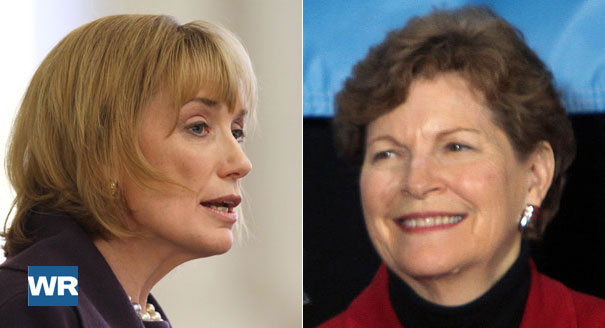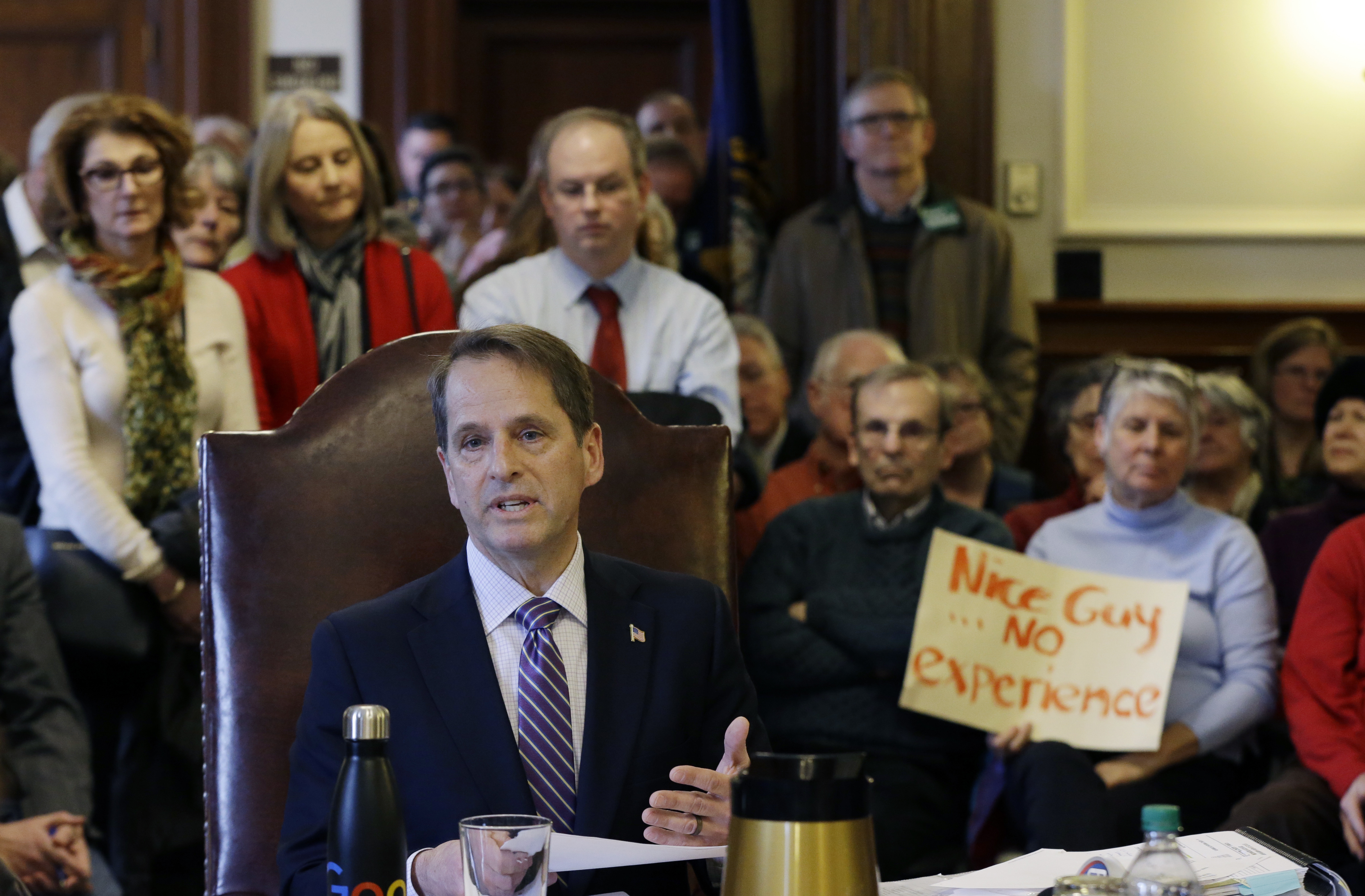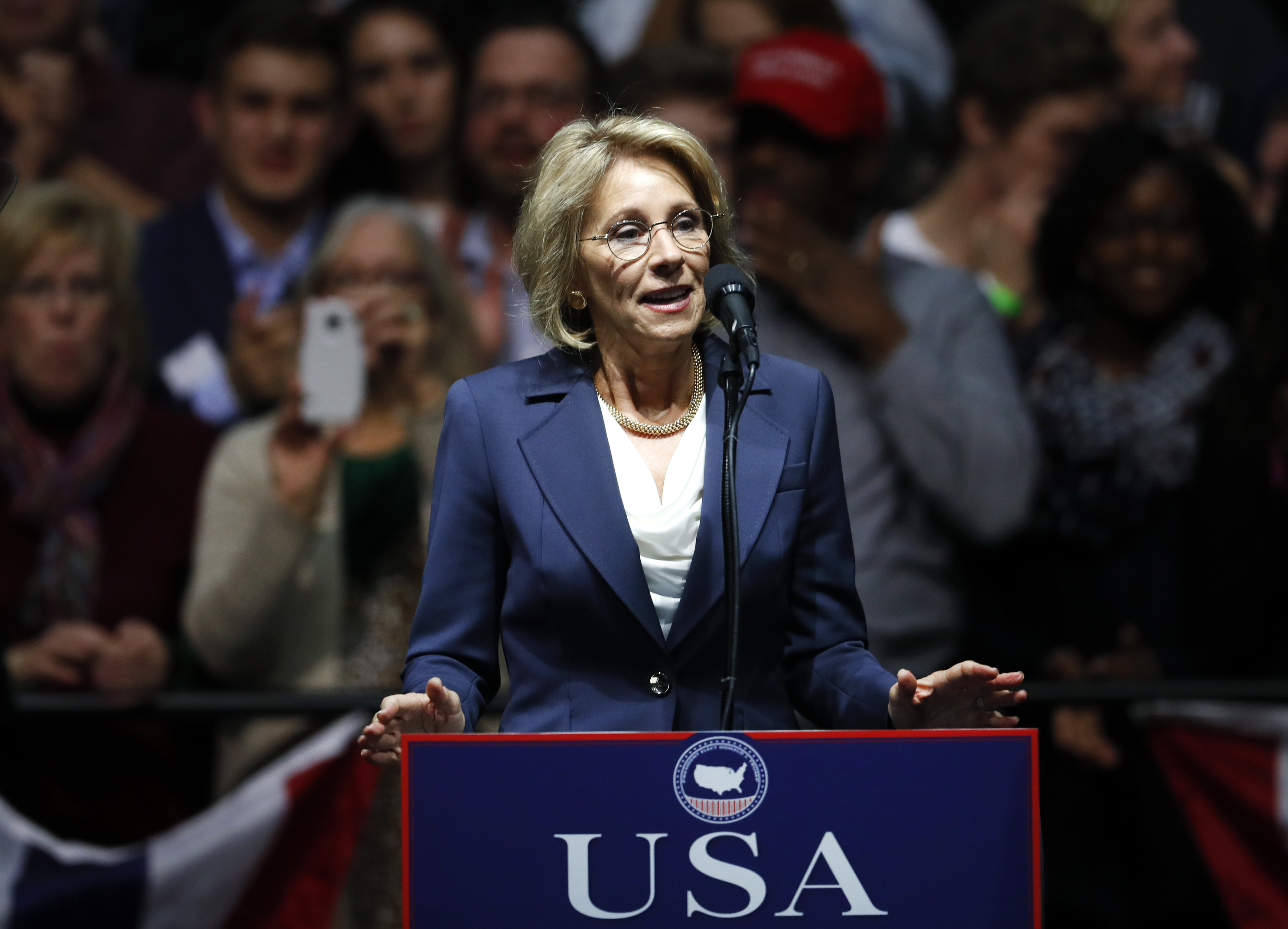How Education Bills With No Chance of Passing Have Sparked Interest From Activists

Two bills reflecting a staunchly conservative education agenda are among the top-viewed prospective laws in recent weeks—according to a Library of Congress database. While neither bill is expected to become law, Congressional staff, policy wonks, and the public have been requesting information on the measures at an elevated rate over the past month.
H.R.610, or “The Choices in Education Act,” introduced by Rep. Steve King, R-Iowa, would replace last year’s landmark Every Student Succeeds Act—an update of a Great Society law that oversees billions in aid to public schools—with a nationwide federal voucher program. The bill would also strike a rule that regulates the content of school lunches.
H.R.899 introduced by Rep. Thomas Massie, R-Ky., is more straightforward. Rep. Massie’s bill consists of one line: “The Department of Education shall terminate on December 31, 2018.”
Both pieces of prospective legislation have dominated the top-ten most-viewed bills on congress.gov, a Library of Congress website, for the past month. Congress.gov is the go-to source in Washington for tracking whether legislation is advancing or stalling in Congress. Interest in the King and Massie’s prospective laws has held steady, even as Congress has debated and passed legislation that is more likely to immediately impact education policy.
Both bills come out of deep-red Congressional districts. According to the Daily Kos’ tracker of election results, President Trump won over 65 percent of the votes cast in Kentucky’s 4th district, represented by Massie, and over 60 percent of the votes in Iowa’s 4th district, represented by King—in both cases far outpacing the 46 percent of the popular vote share won by the president nationally.
Massie’s desire to eliminate the Department of Education is not new. President Reagan campaigned on eliminating the brand new department in 1980, which had been established in the last year of the Carter administration. Even in its infancy, Republicans were unable to succeed in folding the department’s essential functions back into other agencies.
King’s proposal also reflects some strongly held views in the GOP—the new Secretary of Education Betsy DeVos is a strong proponent of school choice measures like vouchers. Republicans have also expressed disapproval of the healthy school lunch regulations pushed by former First Lady Michelle Obama, on the grounds that they incur onerous compliance costs and food waste.
However, moderate Senate Republicans from rural states like Susan Collins, R-Maine, and Lisa Murkowski, R-Alaska, indicated during DeVos’ contentious confirmation hearings that they are wary of federally-mandated school choice. For various political and procedural reasons, a school choice bill is less likely to look like King’s and more likely to take the form of a federal tax credit.
Blowback from an errant tweet is further complicating King’s efforts to get his legislation enacted. On Sunday, the Iowa congressman tweeted support for a right-wing European nationalist, writing “We can’t restore our civilization with somebody else’s babies.” Those comments were met with bewilderment from within the congressman’s own caucus, including Cuban-American Rep. Carlos Curbelo, R-Fla. Republicans were distancing themselves from King even before he doubled down on his controversial statements twice.
Nevertheless, and despite one Republican expert’s analysis that King’s more moderate bill has a “.000000001%” chance of becoming law, Democratic staffers on Capitol Hill have reported receiving a high volume of calls and letters asking about the measures.
Typically, “messaging bills” like H.R.610 and H.R.899 are a way for members of Congress to send press releases to their supporters, demonstrate that a representative cares about an issue, and rally support for ideas that might eventually be co-opted into larger reforms when the political climate is more favorable. Both King and Massie issued press releases when their respective proposals were formally introduced.
In these specific cases, however, the bills have also served to rally progressive activists. The grassroots “Badass Teachers Association,” a group of educators which originally organized in opposition to the expansion of the Common Core, has rallied its members against King’s proposal on Facebook. MoveOn.org, another liberal advocacy organization has collected nearly 8,000 digital signatures opposing the same bill. (For comparison, a MoveOn.org petition opposing a repeal of Obama-era teacher preparation regulations that recently passed the House and Senate only received 68 signatures.)
The high volume of calls that Democrats have received on both measures—neither of which have any plausible hope of overcoming a Senate filibuster—could indicate that left-leaning educational interests are working to strategically prolong an unusually partisan atmosphere in the education policy world.
Notably, liberal groups aren’t the only activists crying foul over King’s proposal. Parents who home school their children have reportedly objected to the measure because they worry the legislation could increase federal involvement over how they teach their children.








